
Jersey Wooly
Jersey Wooly
Jersey Wooly
Did you know that the Jersey Wooly rabbit, a name not often heard in Japan, has an unforgettable cute appearance? It has small ears and body with fluffy fur. It is called a rabbit that moves like a stuffed animal. Let’s take a quick tour of the yet unseen world of the Jersey Wooly!
Jersey Wooly Basic Infomation
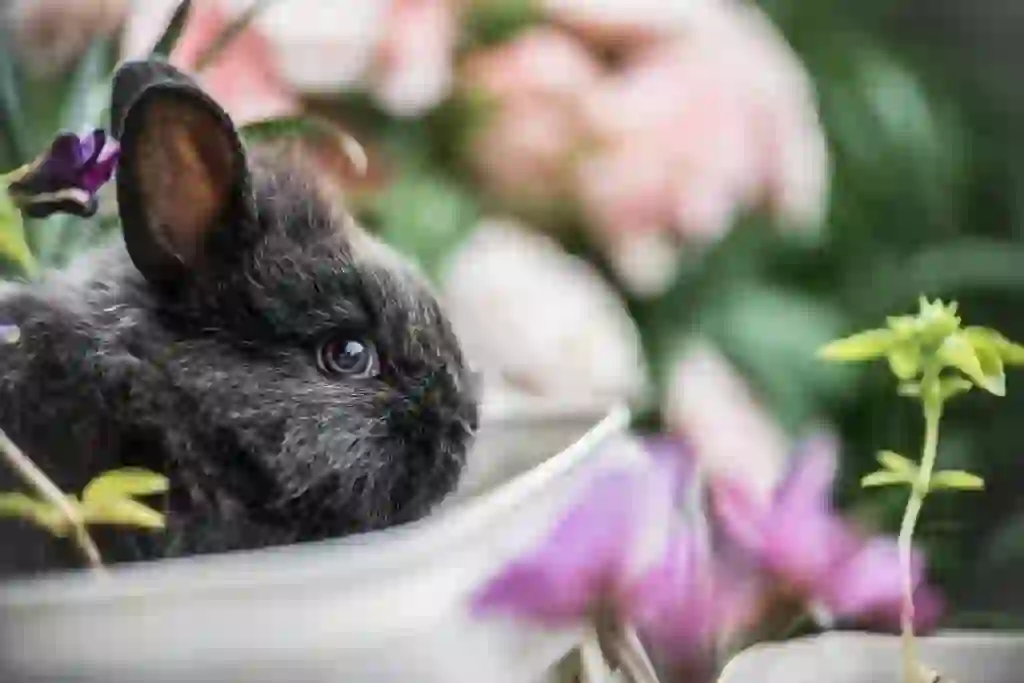
Country of origin America.
Senior / male, female More than 6 months and less than 1.59 kg, ideal weight 1.36 kg.
Junior / male, female Less than 6 months maximum weight 1.36 kg, minimum weight 0.68 kg. ※American Rabbit Breeders Association (Aruba) standards.
In the 1970s, a breeder living in New Jersey, USA, wanted to create a cute pet rabbit that was compact, had beautiful Angora fur, was easy to care for, and easy to keep.
This led to crossbreeding between the Netherland Dwarf and the French Angora.
It seems that it took time to create the ideal rabbit, and after many crossbreedings, the rabbit that became the basis of the current Jersey Wooly was born. In 1988, it was officially registered as a breed by the American Rabbit Breeders Association (ARBA).
By the way, I used the expression “the rabbit that became the basis of the current Jersey Wooly,” but in the 2000s, the Jersey Wooly was further improved and became even smaller and cuter than it was ten years ago. Therefore, I introduced them separately here to distinguish them.
Jersey Wooly Q&A

What are the color variations of Jersey Wooly?
・Agouti (a single hair is divided into three or more colors). Chestnut, Chinchilla, Opal, Squirrel.
・Self (the overall color is almost monochrome). Black, Blue, Chocolate, Lilac, Blue-eyed White, Ruby-eyed White.
・Shaded (the ears, nose, tail, and feet are darkly colored and have a gradient). Sable Point, Siamese Sable, Siamese Smoke Pearl, Seal, Black Tortoiseshell, Blue Tortoiseshell.
・Tan (two colors exist). Black Otter, Blue Otter, Sable Marten, Black Silver Marten, Blue Silver Marten, Chocolate Silver Marten, Lilac Silver Marten, Smoke Pearl Marten.
・Broken (the base color is white with spots). Broken.
・AOV (other). Black, Blue.
There are brown, blue-gray, ruby red and blue colors.
The Jersey Wooly is a long-haired breed only.
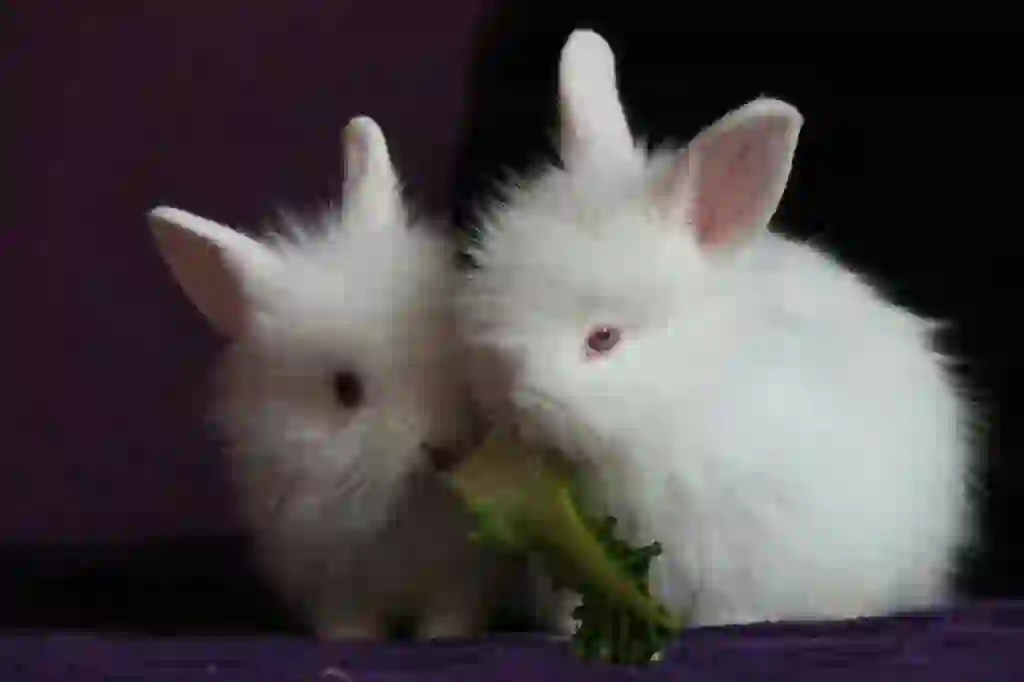
What does Jersey Wooly look like?
Shoulder-fitting head, round and plump eyes, short ears, and a compact body are the characteristics of this rabbit.
In addition, it has a decorative hair called “wool cap” growing between the top of its head and ears. Furthermore, the chin area has long fur that sticks out in some places.
Despite being a small rabbit, it has sturdy legs. Its fluffy and soft fur is also elegant to the touch.
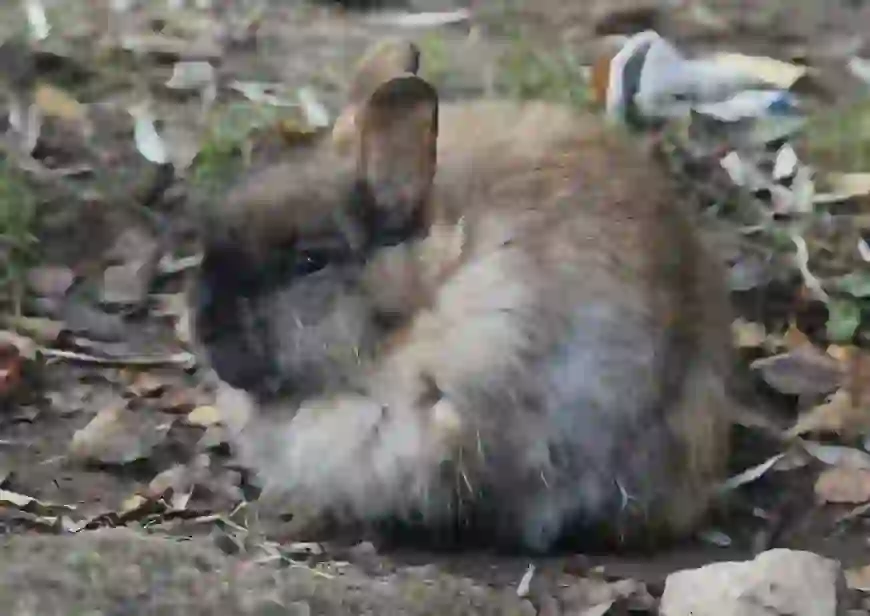
What do you mean by Jersey Wooly wool caps?
Earlier, I introduced the hair on the top of a Jersey Wooly’s head as a “wool cap,” but in fact, this term is only used for the Jersey Wooly breed!
There are other long-haired breeds of rabbits such as English Angora and French Angora, but they do not refer to the hair growing on the top of their heads as a wool cap.
Perhaps the hair growing on the top of a Jersey Wooly’s head looked like it was wearing a hat, so the term “wool cap” was coined.
Although it is decorative hair, it can look like long eyebrows when viewed from the front, which is very interesting.
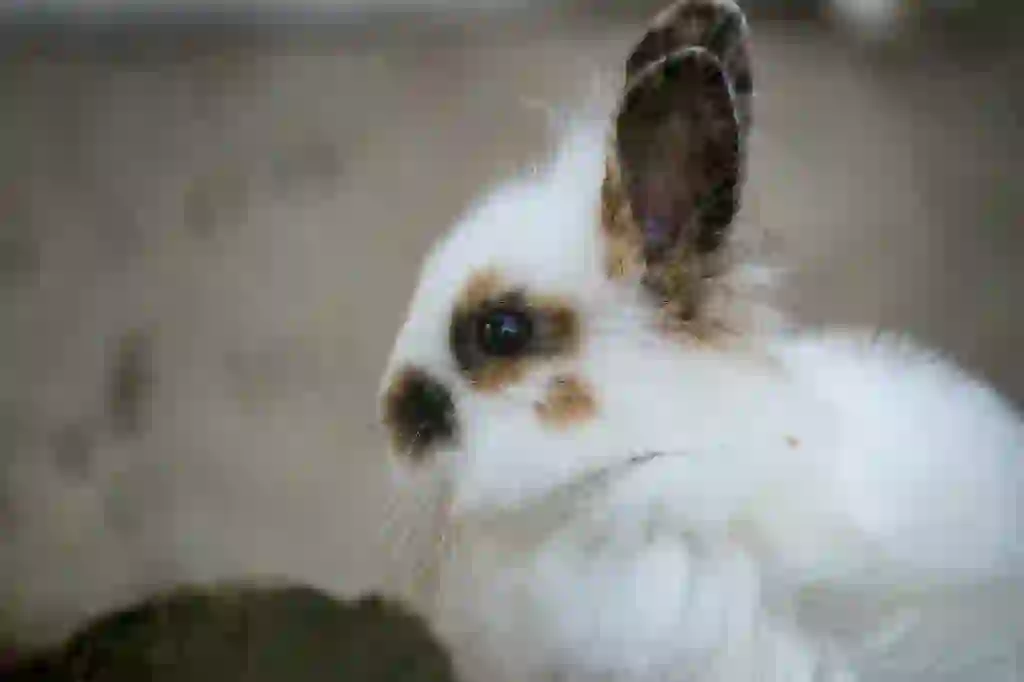
How much does it cost to buy Jersey Wooly?
When keeping animals as pets, it is necessary to comply with the laws established by each country. This time, I will talk about keeping Jersey Woolies at home in Japan. It costs approximately 30,000 to 70,000 yen to purchase a Jersey Wooly. Due to the low distribution volume of Jersey Woolies, the price is slightly higher than that of other rabbits.
In addition, rabbits that have the potential to win at rabbit shows are called “show types,” while rabbits that are suitable for keeping at home without any problems are called “pet types.” However, if you want to purchase a show-type Jersey Wooly, it may be a little more expensive.

I want to know more about Jersey Wooly's personality!
Jersey Woolies have a relaxed and gentle personality, but they can also be reserved, so they don’t mind being held. Therefore, they are relatively easy to keep as pets.
Jersey Woolies can be clingy and may follow their owners around. They may also make it clear when they want to be petted.
If you want a rabbit that enjoys a lot of physical contact and likes to play, Jersey Woolies are recommended. They are intelligent and relatively easy to train, making them a relatively easy breed to keep.
Males tend to be more territorial, while females are said to be more assertive. However, individual personalities vary, so it’s best to remember this information as a reference only. ※When keeping animals as pets, it is necessary to comply with the laws established by each country.

What are the diseases that Jersey Wooly is susceptible to?
Jersey Woolies are susceptible to “Rabbit Gastrointestinal Syndrome (RGIS)” and “malocclusion.”
It used to be called “hairball disease.” After grooming, rabbits may accidentally swallow loose hair. If the swallowed hair comes out with feces, there is no problem. However, if a large amount of hair clogs the digestive tract, it can cause loss of appetite or inability to defecate.
At that time, it was called hairball disease because the cause was thought to be hair. However, recent research has shown that clogging of the digestive tract is not caused by hair alone, so it is now called Rabbit Gastrointestinal Syndrome for ease of understanding.
Since this disease is said to be possible in almost all rabbits, prevention methods include feeding them fibrous timothy hay, exercising them, ensuring they do not become dehydrated by providing them with plenty of water, and brushing them moderately.
Rabbit teeth continue to grow throughout their lives, so they can usually prevent excessive tooth growth by eating chew toys or food rich in fiber. However, if the teeth are not properly worn down for some reason, the bite may become misaligned.
If the teeth are in poor condition, it can cause loss of appetite or diseases such as nasolacrimal duct stenosis. Therefore, if you have any concerns about your rabbit’s teeth or eating habits, it is recommended that you consult a veterinarian.

What is the lifespan of a Jersey Wooly?
It is said to be around 5-10 years, which is about the same as the average lifespan of a typical rabbit.

Would you like to become a part of the 'Animalbook.jp'?
Turn your knowledge into Q&A and share it with the world. ※Publication will be activated after purchase. Let's share information together!
Jersey Wooly Type of List
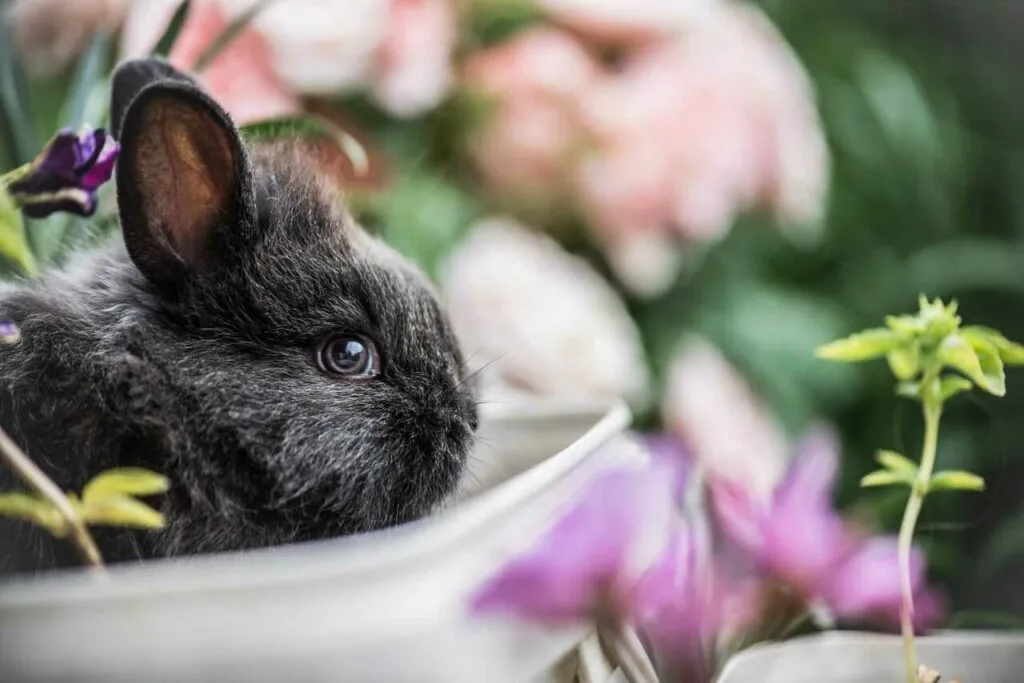
- Jersey Wooly
Information
Congratulations! You are the first commenter!

Create Your Favorite List!
Jersey Wooly
Save the animals you love! Build your own list to quickly revisit your favorites later.

Would you like to leave a comment?
※Please note: This is for the purchase of rights to post comments within the article.
Find Your Favorites!
Our shop offers a unique and attractive selection of goods themed around various animals.
Jersey Wooly References

- うさぎの品種大図鑑 監修:町田修
- National Jersey Wooly Club https://www.njwrclub.org/
- うさぎとの暮らし大百科 https://www.anicom-sompo.co.jp/usagi/
- うさぎ総合辞典 http://www.usagi-jiten.co.jp/
- うさぎひもねす https://usagi.fun/
- うさぎタイムズ https://www.ferret-link.com/usagitimes/
- もねペットクリニック http://www.mone-pet.com/
- うさぎ舎 http://www.usagiya-shop.com/index.html
- うさぎの丘 https://www.usaoka.com/index.html
Jersey Wooly Introduction of media used

出典:https://unsplash.com/photos/FoY0-gwa9N4

出典:https://pixabay.com/images/id-426128/

出典:https://pixabay.com/images/id-2947575/

出典:https://pixabay.com/images/id-3694555/

出典:https://pixabay.com/images/id-5584921/

Help Enrich Our Animalbook.jp with Your Media!
We are constantly looking to expand and enrich our Animalbook.jp with amazing photos and videos of animals. If you have any media that you'd like to share, please contribute and help us showcase the beauty and diversity of the animal kingdom. Your submissions will be credited and featured in our encyclopedia, reaching a wide audience of animal lovers.


















